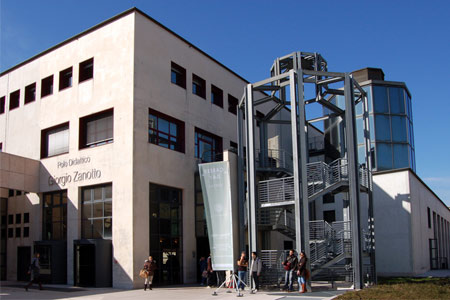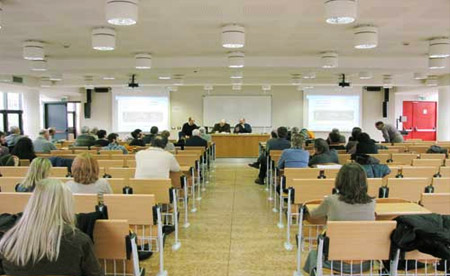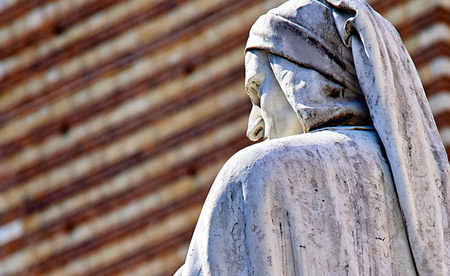First part: The theatrical poetics of Symbolism among literature, dance, and figurative arts.
Through the analysis of two exemplary representations – Le martyre de San Sébastien (1911), a mystery by Gabriele D'Annunzio, and the ballet L'après-midi d'un faune (1912) with the choreography of Vaclav Nižinskij – we intend to highlight how the Wagnerian synthesis of the arts (Gesamtkunstwerk) shows new aspects in the contamination proposed by Sergej Diaghilev with the artistic entourage of the Ballets Russes.
Second part: The modern myth of Salome between performative and visual arts.
Starting from Gustave Moreau paintings, the biblical character of the daughter of Herodias, who seduces Herod with her dance and asks him for the head of John the Baptist, stands out as one of the decadent myths par excellence. Dance is at the core of the myth, and its icon spreads at first mainly through painting; but the most memorable incarnation of the figure is mainly due to two theatrical masterpieces: the drama of Oscar Wilde (1891) and the opera by Richard Strauss (1905). The analysis, while focusing in particular on these works, will expand the investigation to the engravings of Aubrey Beardsley, the music of Florent Schmitt, the dance of Ida Rubinstein and the Ballets Russes, and the cinema of Carmelo Bene and Al Pacino.
References.
Testi di riferimento / References
Prima parte
1. Appunti dalle lezioni.
2. Analisi critica di passi scelti da: Stéphane Mallarmé, Il pomeriggio di un fauno (1876); Gabriele D’Annunzio, Il martirio di San Sebastiano (1911).
3. Rossella Palmieri, Le Martyre de Saint Sébastien nella traduzione di Ettore Janni, in Gli scrittori d’Italia. Il patrimonio e la memoria della tradizione letteraria come risorsa primaria, Atti del XI Congresso AdI, Napoli, 26-29 settembre 2007.
4. Elena Randi, Fokine, Nižinskij, Nižinskaja: tra evento scenico e Weltanschauung, in «Il Castello di Elsinore», n. 77, 2017, pp. 51-93; Elena Randi, Protagonisti della danza del XX secolo, Roma, Carocci, 2014, pp. 19-79.
5. Umberto Artioli, Teorie della scena dal Naturalismo al Surrealismo, Firenze, Sansoni, 1972, pp. 65-82; pp. 157-179; pp. 193-205; pp. 224-241.
Seconda parte
1. Appunti delle lezioni
2. Oscar Wilde, Salomè, traduzione di G. Servadio e R. Montanari, Milano, Feltrinelli, 2019.
3. Mireille Dottin, Salomé, in P. Brunel (a cura di), Dizionario dei miti letterari, Milano, Bompiani, 1996, pp. 544-553.
4. Petra Dierkes-Thrun , Salome's Modernity. Oscar Wilde and the Aesthetics of Transgression, Ann Arbor, The University of Michigan Press, 2011, pp.
5. Bram Dijkstra, Idoli di perversità, Milano, Garzanti, 1988, pp. 552-590.
6. Mario Praz, La carne, la morte e il diavolo nella letteratura romantica, Firenze, Sansoni, 1976, pp. 213-228.
7. Salome, in Piero Gelli (a cura di), Dizionario dell’opera, Milano, Baldini & Castoldi, 1996, pp. 1137-1140.







